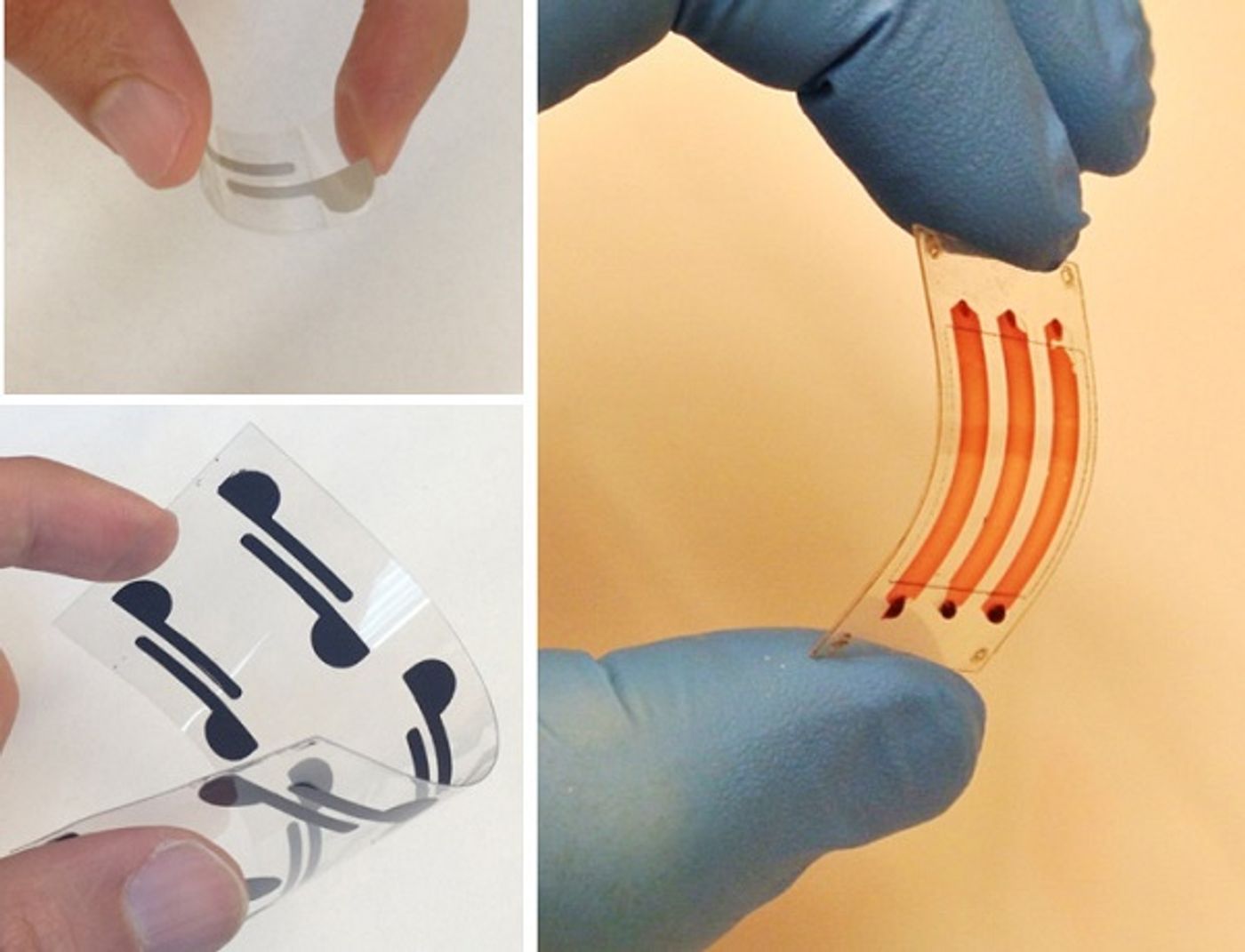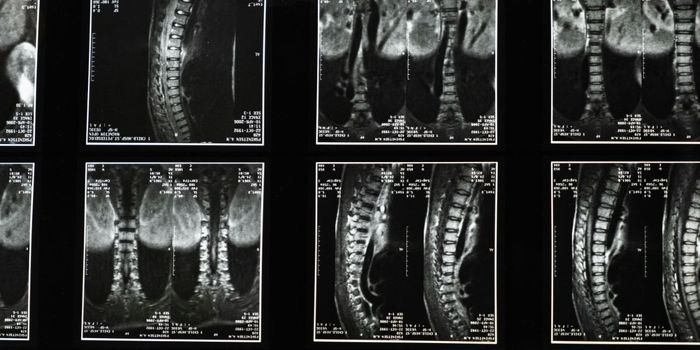Similar to the way glucometers and pregnancy tests have revolutionized in-home diagnostic testing, researchers from Florida Atlantic University (FAU) and collaborators from Harvard Medical School and the Stanford School of Medicine have identified a new biosensing platform that could be used to remotely detect and decide on treatment options for HIV, E. coli, Staphylococcus aureus, and other bacteria.
Using a drop of blood from a fingerprick, this biosensing platform provides clinically relevant specificity, sensitivity, and detection of pathogens from whole blood and plasma, the researchers say.

"There is a dire need for robust, portable, disposable, and inexpensive biosensing platforms for clinical care, especially in developing countries with limited resources," says Waseem Asghar, PhD, assistant professor of electrical engineering, College of Engineering and Computer Science, FAU, co-first author on the study. "Existing paper and flexible material-based platforms use colorimetric, fluorometric, and electrochemical approaches that require complex labeling steps to amplify their signal, are very costly to fabricate, and also require expensive equipment and infrastructure."
In a recent article, the researchers address the limitations of available paper and flexible material-based platforms and discuss how they have integrated cellulose paper and flexible polyester films as new diagnostic tools to detect bioagents in whole blood, serum, and peritoneal fluid. They employed three different paper and flexible material-based platforms incorporated with electrical and optical sensing modalities, and demonstrate how these new materials can be widely applied to a variety of settings including medical diagnostic and biology laboratories.
Thin, lightweight, and flexible materials developed by the team can be fabricated and operated without the need for costly infrastructure and skilled personnel, potentially helping to solve real-world healthcare problems for developed and developing countries.
Using this technology, they have also developed a phone app that could detect bacteria and disease in the blood using images from a cellphone that could easily be analyzed from anywhere in the world.
This methodology offers a new, rapid, and cost-effective way to diagnose diseases and monitor treatment in point-of-care settings, and these new platforms are able to isolate and detect multiple biotargets selectively, sensitively, and repeatedly from diverse biological mediums using antibodies.
"The future of diagnostics and health monitoring will have potentially cell-phone based or portable readers sipping saliva or blood and continuously monitoring human health, taking it way beyond where we are with counting steps today," says Utkan Demirci, PhD, Stanford School of Medicine, who is the corresponding author.
Demirci notes that these platforms could potentially be adapted and tailored to detect other pathogens and biotargets with well-known biomarkers.
"Our paper microchip technologies can potentially have a significant impact on infectious diseases management in low- and middle-income countries where there is limited laboratory infrastructure," says Hadi Shafiee, PhD, instructor in medicine, Division of Biomedical Engineering, Brigham and Women's Hospital, Harvard Medical School.
The article is "Paper and Flexible Substrates as Materials for Biosensing Platforms to Detect Multiple Biotargets," published in Nature Scientific Reports.
[Source: Florida Atlantic University]









